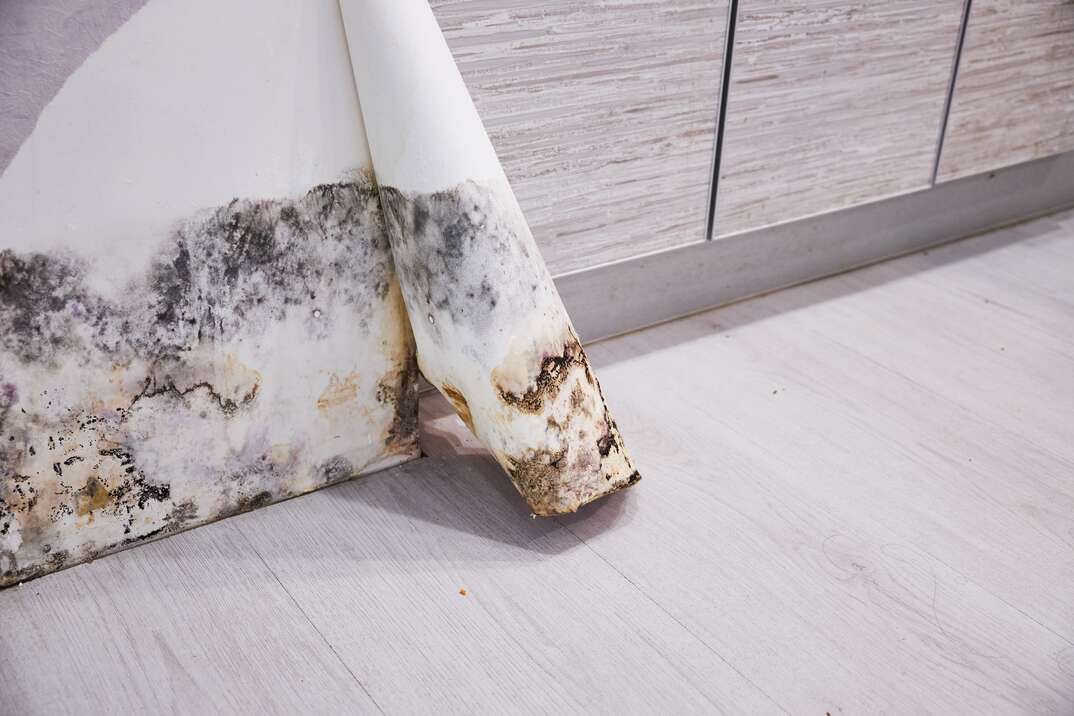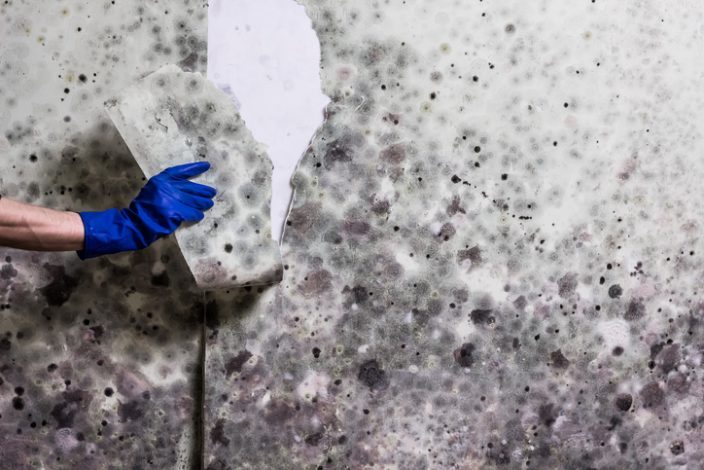Effective Article Mold Remediation Solutions for Your Home
Mold growth in homes can be a persistent issue, frequently needing a systematic technique for effective post-remediation options. From recognizing the factors that contribute to mold and mildew development to applying appropriate cleaning methods and moisture control actions, the procedure can be intricate yet critical for keeping a healthy and balanced living environment. Additionally, exploring all-natural removal services and developing a routine for continuous upkeep are essential components of an extensive mold and mildew remediation approach. As home owners aim to attend to mold concerns, locating the most efficient remedies becomes critical for the well-being of their homes.
Understanding Mold And Mildew Development Elements
The main aspect adding to mold and mildew development is dampness. Mold and mildew spores require dampness to flourish and germinate, making damp or humid atmospheres very prone to mold and mildew infestations.

Furthermore, air movement and light exposure can impact mold development. Areas that do not have appropriate ventilation and natural light are extra vulnerable to mold development. By dealing with these factors comprehensively, people can efficiently mitigate mold and mildew development and guard their living environments.
Correct Mold And Mildew Cleansing Methods
Making use of efficient cleansing methods is vital in protecting against the recurrence and dealing with of mold contamination in indoor environments. When dealing with mold, it is critical to focus on safety and security by wearing protective gear such as masks, gloves, and safety glasses. The first step in correct mold cleaning is to consist of the damaged location to prevent the spread of spores to unpolluted locations. This can be accomplished by sealing off the room and using air scrubbers or negative air equipments to keep air top quality.

Implementing Wetness Control Procedures
To efficiently stop mold growth and contamination in indoor environments, implementing dampness control actions is extremely important. Moisture is the main element that gas mold development, making it essential to handle humidity levels within the home. One effective step is to utilize dehumidifiers to keep interior humidity degrees listed below 60%. In addition, ensuring proper air flow in areas vulnerable to moisture accumulation, such as bathrooms and kitchens, can help minimize the risk of mold and mildew growth. Frequently evaluating and fixing any leakages in pipes, roof coverings, or windows is likewise necessary in protecting against excess dampness buildup. Using exhaust fans while food preparation news or showering, and enabling air flow by keeping furnishings slightly far from walls can assist in wetness control. Additionally, utilizing moisture-resistant materials in high-humidity locations, such as mold-resistant drywall and paints, can be advantageous. By faithfully applying these dampness control procedures, homeowners can successfully lower the probability of mold recontamination and keep a healthy and balanced indoor environment.
Making Use Of Natural Removal Solutions
After successfully implementing wetness control steps to prevent mold and mildew development in interior environments, house owners can currently explore the effectiveness of natural remediation services in maintaining a healthy and balanced space. All-natural remediation services make use of environmentally pleasant approaches to combat mold and mold, making them a preferred choice for those seeking non-toxic choices. One such remedy is utilizing vinegar, a natural antimicrobial representative, to disinfect and clean surface areas polluted by mold and mildew. Simply dilute vinegar with water and spray it onto the affected areas, permitting it to sit for a few hours prior to wiping clean. Additionally, tea tree oil, recognized for its antifungal residential or commercial properties, can be blended with water and sprayed onto mold-infested surface areas to inhibit more you can find out more development. One more all-natural alternative is hydrogen peroxide, which can properly eliminate mold on various surfaces without leaving harmful deposits behind. By integrating these natural removal solutions right into their cleansing routines, homeowners can successfully combat mold development while advertising a healthier interior environment on their own and their households.

Keeping a Mold-Free Atmosphere
Regularly inspecting locations vulnerable to mold and mildew growth, such as washrooms, kitchen areas, cellars, and attics, is critical. Correct air flow in locations with high humidity levels is also vital to protecting against mold development.
Furthermore, maintaining sanitation in the home is essential for mold and mildew avoidance. Maintaining indoor plants in check and ensuring appropriate drain in exterior landscaping can minimize moisture accumulation, reducing the chance of mold and mildew invasions.
Final Thought
Finally, it is vital to deal with mold and mildew growth factors, use appropriate cleansing strategies, implement wetness control steps, make have a peek at these guys use of natural removal services, and preserve a mold-free atmosphere in order to successfully handle post mold remediation in your house - what to do after mold remediation. By complying with these methods, you can protect against mold from recurring and make certain a healthy living environment for you and your household
The primary variable contributing to mold growth is dampness. Mold spores call for dampness to grow and sprout, making humid or wet atmospheres very vulnerable to mold and mildew infestations.To successfully stop mold growth and contamination in indoor atmospheres, applying wetness control steps is vital. In addition, making sure proper ventilation in areas prone to moisture accumulation, such as restrooms and cooking areas, can help lower the threat of mold and mildew growth.After efficiently applying wetness control measures to protect against mold development in indoor settings, property owners can currently explore the efficiency of natural removal solutions in keeping a healthy living space.